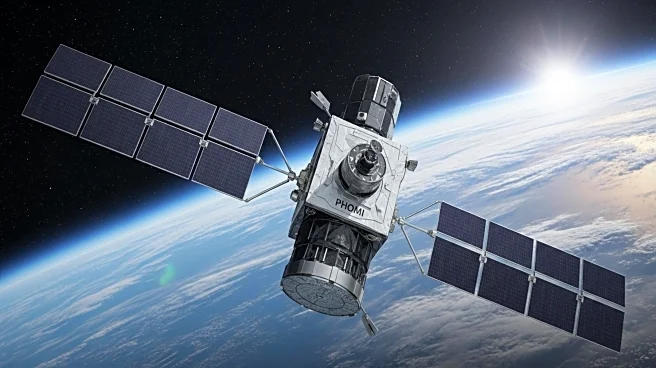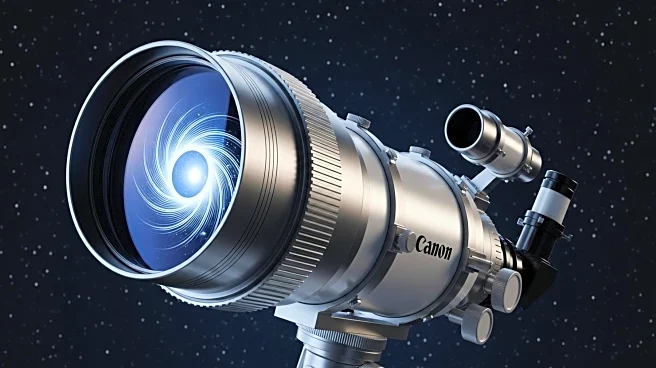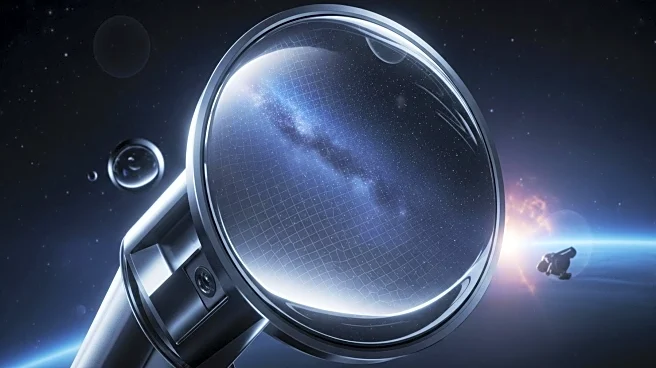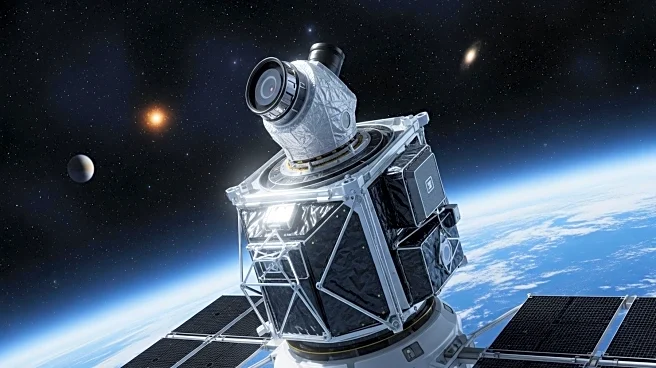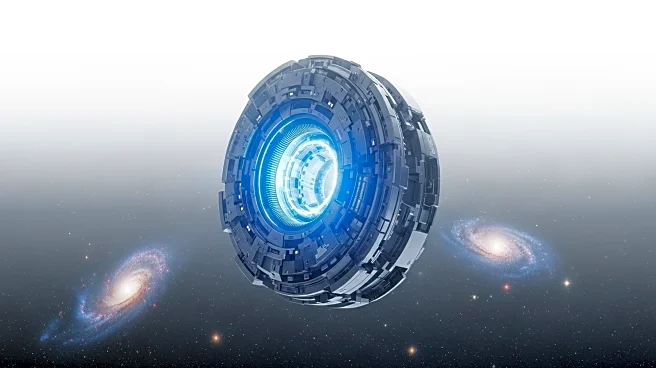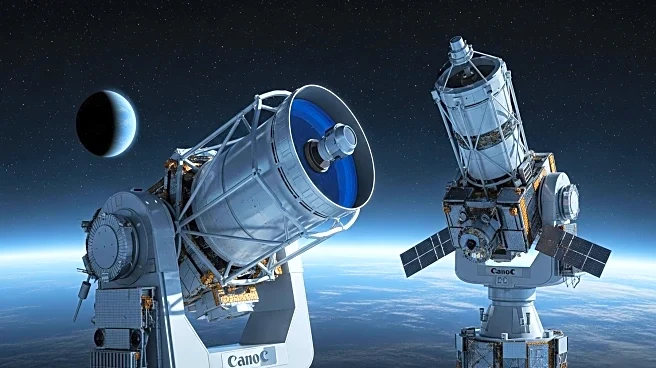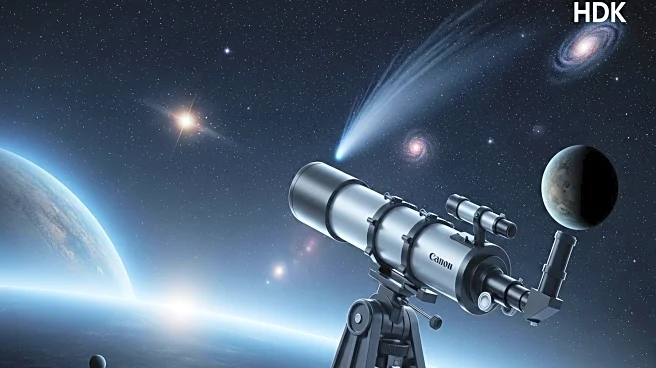What's Happening?
NASA has announced a target launch date in the summer of 2026 for its SunRISE (Sun Radio Interferometer Space Experiment) mission. This mission involves a constellation of six small satellites that will operate as a single large radio telescope in Earth's orbit. The SunRISE mission aims to study solar radio bursts and map the Sun's magnetic field from the outer corona to interplanetary space. These bursts occur when energy stored in the Sun's magnetic field accelerates particles to high speeds, potentially impacting spacecraft. The mission will provide critical data to improve understanding of the Sun's radiation impacts on the space environment, aiding in the protection of astronauts and satellites.
Why It's Important?
The SunRISE mission is significant as it will enhance the understanding of solar radio bursts, which can precede harmful particle radiation reaching Earth. By imaging the location of these bursts and the direction of energetic particles, SunRISE will help space weather forecasters predict radiation events more accurately. This capability is crucial for safeguarding astronauts and satellites from solar radiation. The mission will complement other NASA heliophysics missions, contributing to a comprehensive understanding of solar phenomena and their effects on space weather.
What's Next?
The SunRISE mission is set to launch as a rideshare aboard a United Launch Alliance Vulcan Centaur rocket, sponsored by the United States Space Force’s Space Systems Command. The mission will be managed by NASA’s Jet Propulsion Laboratory, with the University of Michigan leading the science investigation. As the launch date approaches, preparations will continue to ensure the successful deployment and operation of the SunRISE satellites.

